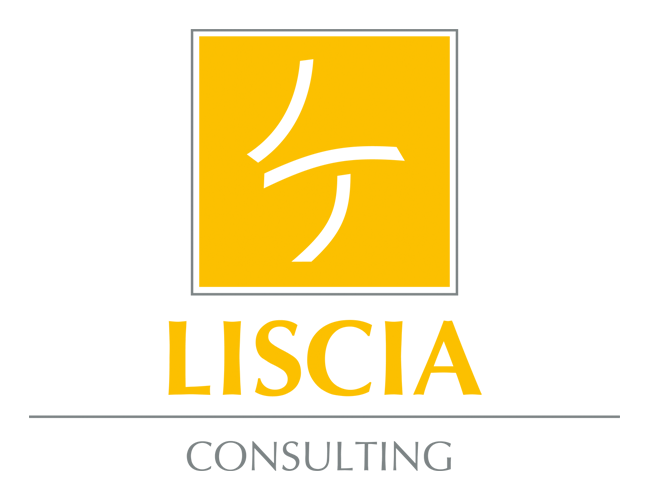Trends are not exclusive to the fashion world, there’s plenty of them in the trainer and consulting business. […]
Today, it’s agile leadership that’s hot. Everything either is, is becoming or always was agile. Everyone’s talking about it – with us, too – and some believe agile is the cure-all for every possible problem, without really knowing what it is. But if agility is more than a fad that’s not going to go away, than we should find out exactly what’s behind the concept.
Let’s first look at the word agile, which means quick, well-coordinated, active and/or lively. A project management context, agile is a company’s ability to react quickly to changing frameworks in the business world – particularly in these times of increasing unpredictability and technical innovation. You often hear people speak of the VUCA world, an acronym for Volatility (powerfully fluctuations), Uncertainty (about future developments), Complexity (multifaceted interfaces) and Ambiguity (contradictions, vague intent or meaning). […] Adopted by the business world, the term now defines the increasingly difficult market climate challenging today’s companies. In this environment, understanding how the four VUCA world challenges impact your company and employees is the key to successful leadership.
Especially regarding globalization and digitalization, a high-speed reaction reflex can give companies a decisive competitive advantage. […]
The concept agile leadership originated in the IT field. When teams are assigned a particular project, the leadership role rotates among the team members. Depending on the current project phase and the expertise required to accomplish it, the most adept team member assumes temporary leadership for that particular phase. When the subsequent phase calls for a different proficiency, leadership is handed over to the most eligible colleague. In this context, agility means a flexible approach to process development needs.
The agile leadership concept emerged from this approach. Instead of holding to a strict hierarchy, agile leadership assumes individual employees or teams will guide and optimize their own processes. Thus, the focus is on personal responsibility and self-determined work methods on levels of the hierarchy. Leaders are called on to reinvent their employee relationship. They are no longer the boss, they become coaches and mentors. […]
Agile leadership also adapts to the fundamental changes in employee expectations that have taken place over the past decades. These days the focus lies heavily on a sense of purpose and self-fulfillment as well as life-long learning and personal growth. Especially younger employees of generations Y and Z seek interesting, diverse assignments completely detached from repetitive routines, while generation Y is strongly attracted to autonomous projects carried out independently. […]
Generally speaking, you can expect your younger employees to challenge strict hierarchical leadership structures, turning conventional career systems topsy-turvy. The relatively new word for this is unbossed: Instead of delegating, leaders create a reliable workspace, set clear goals and occasionally check in on their teams. The more unbossing, the more independent employees become, expanding their skills and assuming more responsibility. Unbossed is a provocative term for empowerment, based on behavioral theories around human motivations for change. Telling people what you want them to do isn’t as effective as motivating them to change.
The basic idea of agile leadership is good, yet it requires creating specific company or team conditions. When changing your organizational structure, you also need to adapt your values accordingly. If your company or department has thus far operated within a hierarchical structure, a sense of duty, obedience and discipline have been the desired values, with employee participation taking a subordinate role. In agile leadership, participation shifts to the forefront as well as values such as openness and the courage to make independent decisions. Such a radical change in company values does not happen overnight, although many believe they do (and should.) […]
An excerpt from the book “Leadership is More – 27 Questions We Too Can Answer” written by Gianni, Jan & Marcello Liscia, 2022




